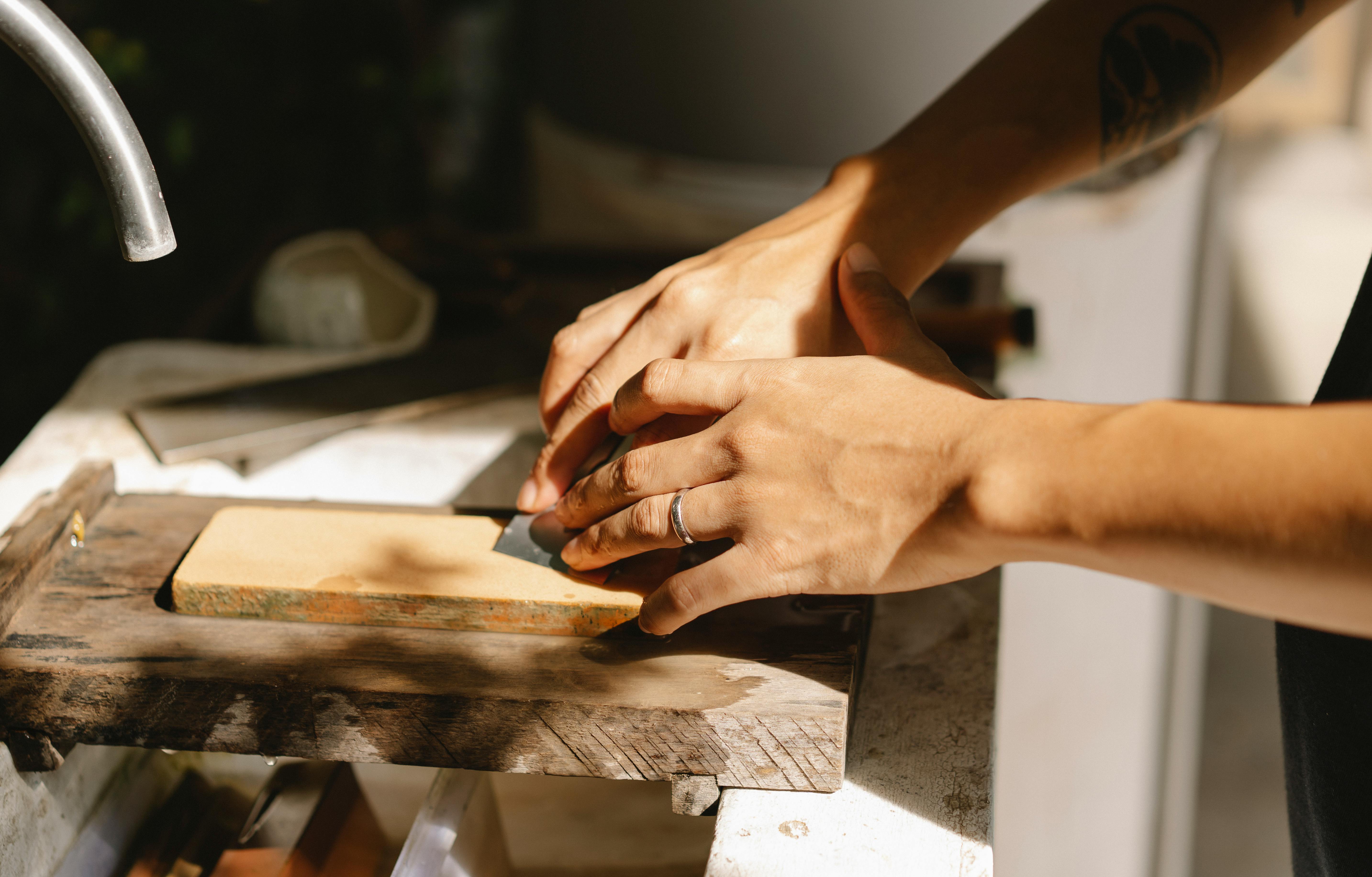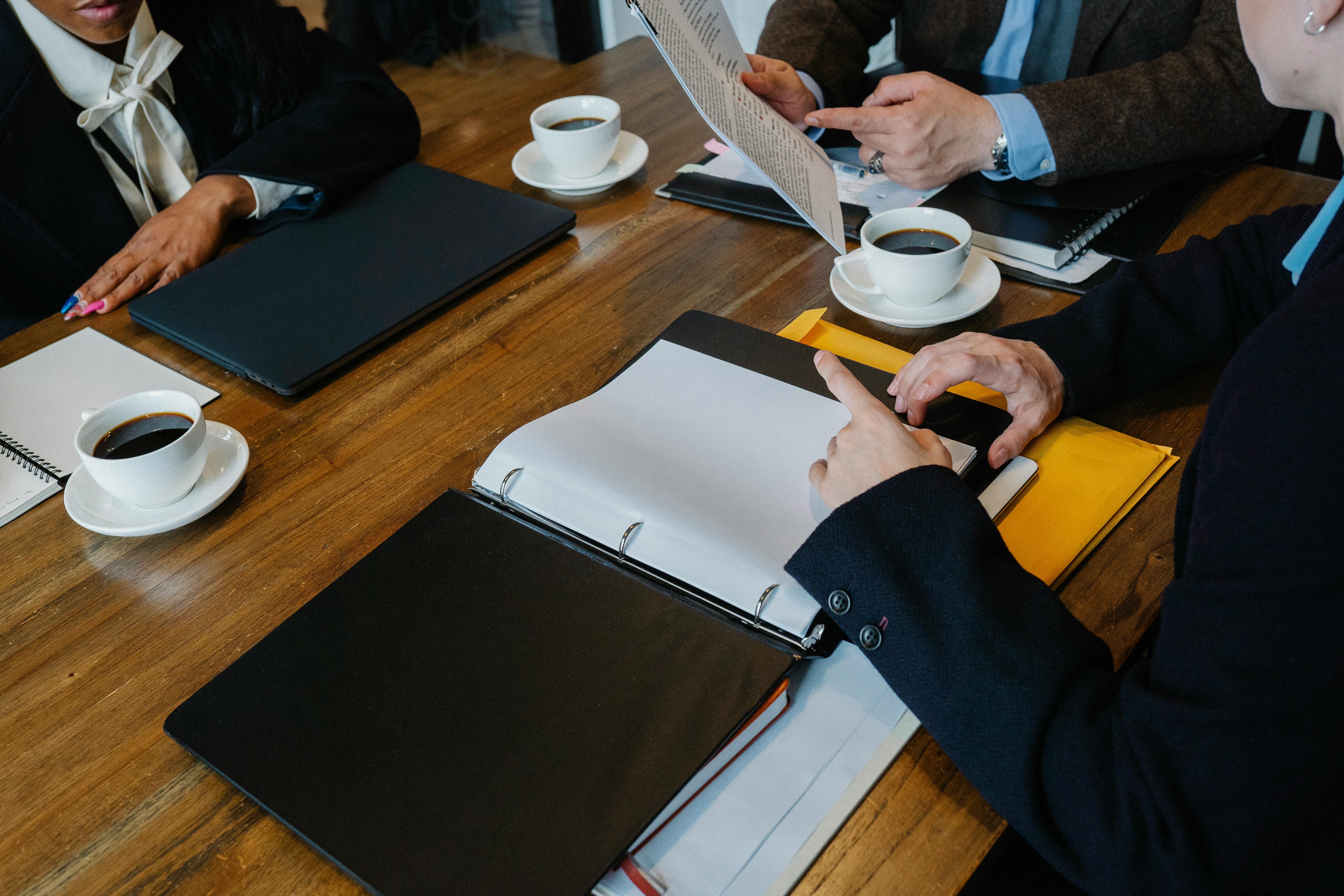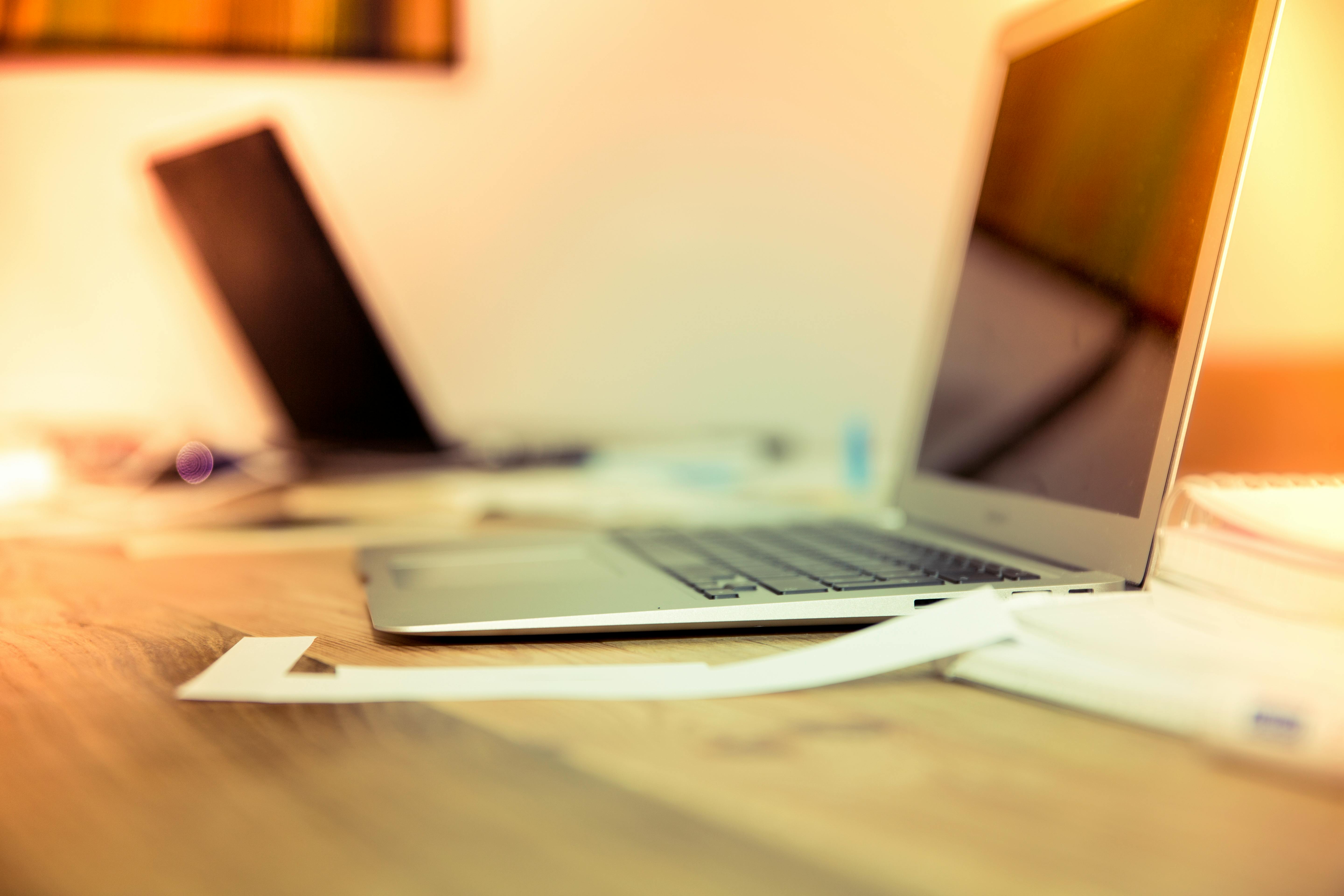Paul Eisle invented the first PCB in 1936. However, it only became popular in the 1950s when the US military began using the technology in bomb detonators. Today, printed circuit boards are an integral part of almost all equipment, such as cars, mobile phones, computers, and more.
How is a printed circuit board made?
To make a custom PCB, the required electronic circuit diagram is first prepared using computer-aided design (CAD) software. After that, the PCB prototype is developed using computer-aided manufacturing software technology.
Common materials used for PCB fabrication are: FR4, High Temp FR4, Polyimide, GeTek, Rogers, Arlon, Nelco, Alumina, Ceramic, Bakelite, FR1, CEM1, and CEM5. The size and thickness of the board depend on the requirements of the circuit. The substrate is coated with a layer of copper. Then, using a photosensitive coating, the circuit diagram is printed on the board. Unwanted copper is etched into the board to form copper “tracks”, called traces. This process is known as Photoengraving. There are two other common methods used to develop connection traces. PCB milling is a mechanical system where unwanted copper is removed using CNC machines. Another process is screen printing, where a special etching-resistant ink is used to cover the areas where the traces of copper are to be made.
Once the board is ready with the copper traces, holes are drilled in the board to assemble the electrical and electronic components of the LED. For drilling, special tungsten carbide or laser bits are used. The holes made are filled with hollow rivets or covered by an electroplating process, thus forming an electrical connection between the different layers. The next step is to coat the entire board, except for the holes and pads, with masking material. Materials commonly used for this purpose are: lead solder, lead-free solder, OSP (Entek), hard/deep gold (electrolytic nickel gold), immersion gold (electrolytic nickel gold – ENIG), wire solder gold (99.99% pure gold), immersion silver, flash gold, immersion tin (white tin), carbon ink, and SN 100CL, an alloy of tin, copper, and nickel. The last step is screen printing, where the legend and text are printed onto the PCB.
PCB tests
Prior to component assembly or PCB delivery, the board should be tested for possible “shorts” and “opens” that could lead to a non-functioning board. A “short” indicates the existence of an unwanted connection and an “open” indicates that two points that should have been connected are disconnected. All these errors must be corrected before PCB assembly. It is important to note that not all PCB fabrication shops test boards prior to shipment, this is sometimes considered an additional cost, but it is vital to provide a fully working board before components are added.
Printed Circuit Board Assembly
Once the board is ready, the components are assembled and added to the surface according to the circuit diagram. Some of the common assembly techniques used are surface mount construction and through hole construction. Sometimes a combination of these two techniques is also used for mounting.
Types of Printed Circuit Boards
single side board
This is the least complex of the Printed Circuit Boards, since there is only one layer of substrate. All the electrical parts and components are fixed on one side and the copper tracks are on the other side.
double sided board
This is the most common type of board, where pieces and components are attached to both sides of the substrate. In such cases, double-sided PCBs are used which have connection traces on both sides. Double-sided printed circuit boards generally use through-hole construction for component assembly.
multi-layer board
The multilayer printed circuit board consists of several substrate layers separated by insulation. The most common multilayer boards are: four layers, six layers, eight layers and 10 layers. However, the total number of layers that can be manufactured can exceed 42 layers. These types of boards are used in extremely complex electronic circuits.


